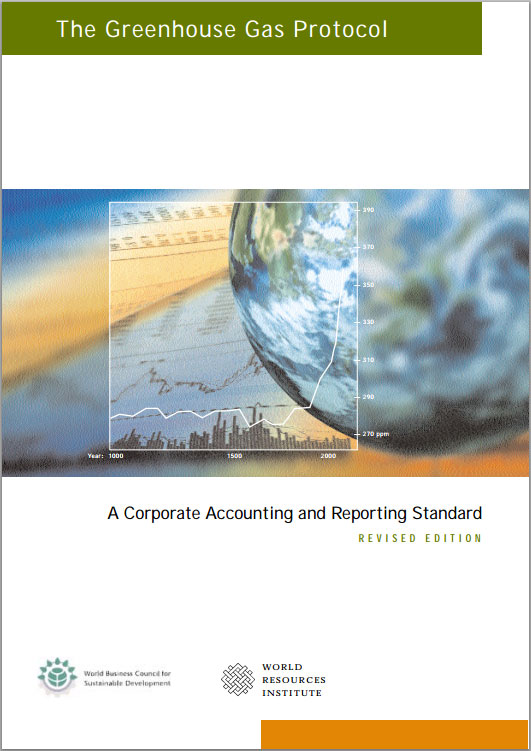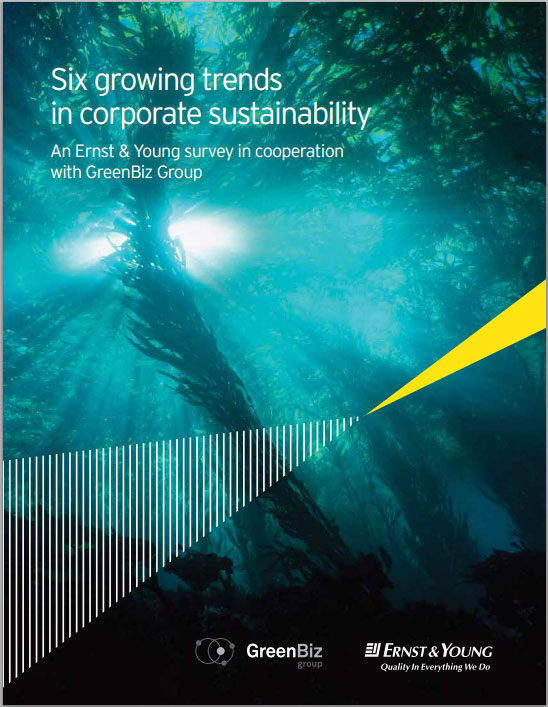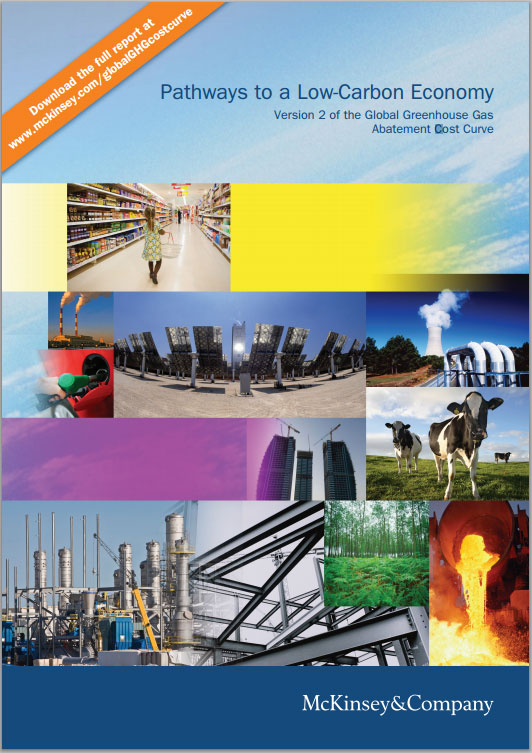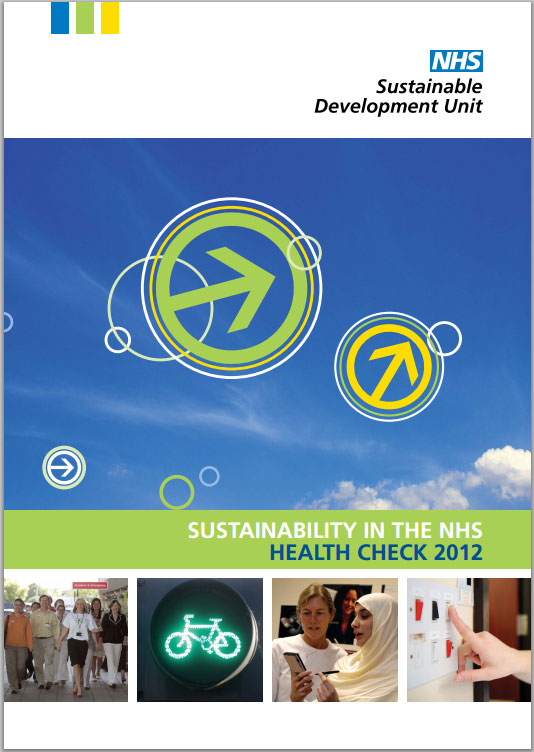FUTURE CLIMATE CHANGE NEWS
It should feel natural and safe to both walk and cycle from one neighbourhood to another. Options that make the idea more appealing include pedestrian and bike paths, green space, lighting and safe pedestrian crossings in traffic.
The idea of ??the future Reading is for the community to be built block by block into a close, safe and environmentally friendly town. The goal is vibrant neighbourhoods throughout Greater Reading, not just in the inner city.
It is part of our urban mobility strategy to make it easier to cycle in Reading throughout the yea ( and for the amount of cycle-miles to increase. A new Bicycle Plan explains how to increase bicycle commuting and how it will be easier and safer to ride in Reading.
The number of cyclists in Reading has increased significantly over the past ten years. More and more people have discovered the benefits of cycling as a means of transport. The bicycle is a simple, fast, inexpensive and environmentally friendly means of transport. You also get free exercise, and enjoy the health benefits of cycling. The city is currently working on a new bike plan to improve the accessibility for cyclists.
To develop the cycle network further, Reading is developing a new bike plan, which include a range of measures to build more bike paths and bike lanes, building bicycle commuter routes to facilitate bike commuting, and improving the service by building more bicycle parking, changing the priority of traffic signals and improving operation and maintenance. The Bicycle Plan was adopted by the Transport and the Real Estate Committee and the Environment and Health Committee in October 2012 and by the Borough Council in February 2013.
Why not try / sign up for
Bike Week 2013
Bike Week, the UK’s biggest mass participation cycling event, had almost half a million people taking part in the celebrations of cycling across the UK in 2012.
Bike Week events offered something for everyone; from families, schools and companies, to seasoned cyclists and those who have never cycled before.
Bike Week 2013 will take place between 15 – 23 June. Don’t miss out and register your interest now to receive the latest news from us!





